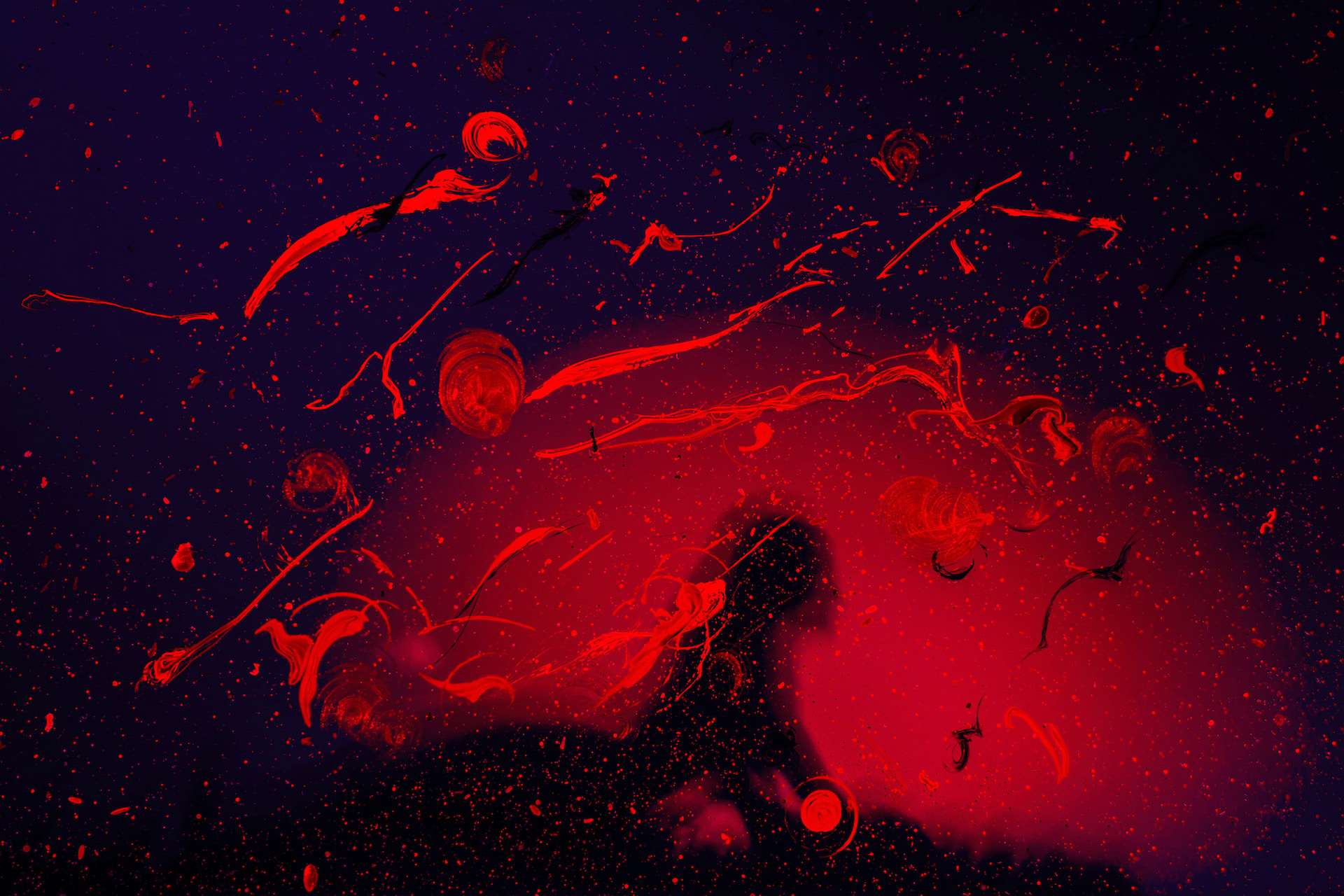Painting in monochrome can be a challenging yet rewarding experience for artists. It allows you to focus solely on one color, exploring its shades and tones. One popular color for monochromatic painting is the color red, which is known for its intensity and passion.
Red is a bold and vibrant color that can evoke emotions, from love and warmth to anger and aggression. Keep reading as we share tips and techniques to help you create stunning artwork and red monochromatic painting.
Understand the Power of Red
It is crucial to understand the power of this color. Red is a primary color, meaning it cannot be created by mixing other colors. It is a color that demands attention and can develop a sense of urgency in the viewer.
Red is also associated with many variety of emotions and feelings, such as:
- love
- passion
- energy
- anger
Knowing how to use red effectively can help you create powerful and emotionally engaging paintings.
Experiment with Different Shades of Red
When painting in monochrome, it is essential to experiment with different shades of red. Red is a color that can range from pale pink to deep burgundy. Try to explore as many shades as possible cause this is very beautiful and meaningful.
One way to do this is by mixing different amounts of red with white or black to create tints and shades. Doing this allows you to create a range of red hues to add depth and dimension to your painting.
Play with Light and Shadow
Another way to master red monochromatic painting is by playing with light and shadow. Red is a color that can be transformed by light, and the way it interacts with other colors can create interesting effects.
Try painting your subject with different light sources, such as daylight, artificial light, or candlelight, and see how they affect red. Shadow can also create contrast and depth in your painting, so don’t be afraid to experiment with dark shades of red.
Use Different Brush Strokes and Textures
To create interest and texture in your red monochromatic painting, it is essential to use different brush strokes and textures. For example, short, sharp strokes can develop a sense of movement and dynamism, while long, sweeping strokes can convey a sense of calm and tranquility.
The artistry and creativity involved in exclusive tattoo and piercing are akin to monochromatic painting, exemplifying a fusion of skill, understanding, and personal expression. Like the careful selection and application of various shades in a red monochrome painting, tattoo and piercing artists must meticulously select their equipment and techniques to yield the desired aesthetic result.
Practice, Practice, Practice
Finally, to master red monochromatic painting, you need to practice, practice, practice. Painting requires patience and dedication, and the more you paint, the more you discover about your painting style and technique.
Take the time to experiment with different ideas, compositions, and subjects, and don’t be afraid to make mistakes. The more you paint, the more confidence you gain and the better your paintings will become.
Understanding the Guide to Red Monochromatic Painting
Red monochromatic painting is a challenging yet rewarding experience for artists who want to explore the beauty and intensity of this color. By understanding the power of red, experimenting with different shades, playing with light and shadow, using different brush strokes, and practicing consistently, you can master the art of red monochromatic painting.
Whether you are a beginner or an experienced artist, these tips and techniques can help you create powerful, emotional, and engaging paintings.
For more helpful tips, check out the rest of our site today!

